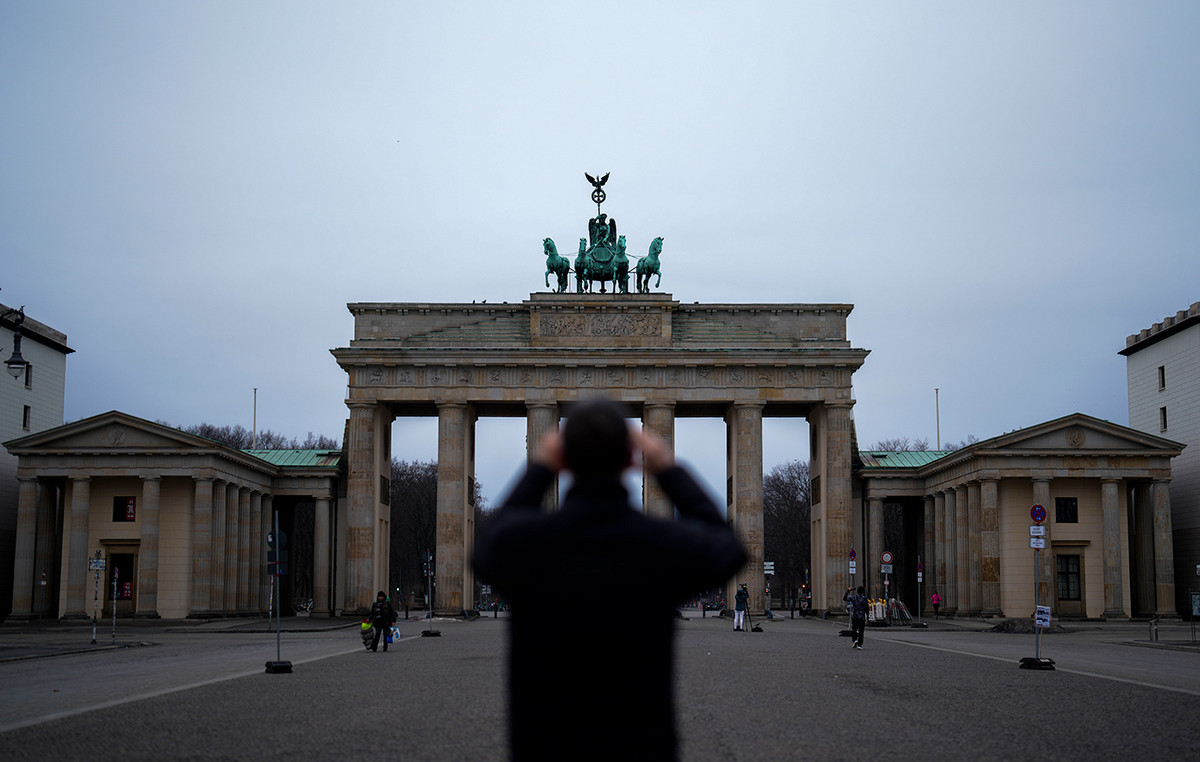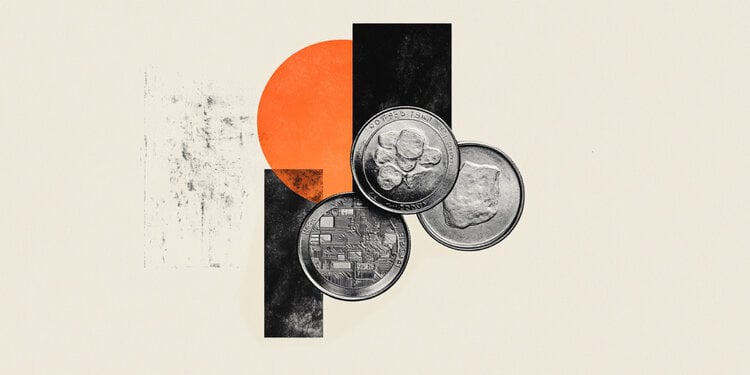The new quarterly bulletin by the Energy Research Company (EPE), linked to the Ministry of Mines and Energy, points out that electricity consumption grew 4.5% in the months of July to September this year, compared to the same period of the previous year.
According to the document, which complements another periodical study, the monthly review, the biggest increase was in the commercial class (9.2%), followed by the industrial class (6.2%). Residential had a moderate increase: 0.6%.
Although it has grown less than the commercial class, industry is responsible for the largest share of consumption, so its growth has more overall impact, in absolute numbers, than the others, even if it occurs with smaller percentages.
This was the biggest increase for the segment since the third quarter since 2011, pulled by the chemical, textile, automotive and mineral extraction segments. All registered double-digit elevation.
According to the publication, the growth is compatible with the recovery of economic activity and highlights that the growth in the industrial class occurs for the fifth consecutive time, although it shows a deceleration in relation to the second quarter of this year. In the period, the Gross Domestic Product (GDP) grew 4% compared to the third quarter of 2020.
The state-owned company explains the growth in commercial consumption with the increase in the movement of people, caused by the advance of the vaccination campaign against Covid-19, which gave special impetus to hotels and restaurants, which grew in consumption, although they have not yet returned to the pre-pandemic plateau.
In the period, the company also highlights the positive balance of retail sales in the quarter, which leads the segment to demand more electricity.
Still regarding the commercial sector figures, the greatest growth in energy consumption occurred in the Northeast (13.8%), followed by the South (10.7%), North (13.8%), Southeast (7.7%0 and Midwest (6.7%).
About residential growth having been the lowest among the analyzed classes, EPE highlights that the lower temperatures than expected contributed to the low growth. During the period, the Southeast, the most populous region in the country, reduced consumption by 1%.
However, increases of 3.5% in the Northeast, 2.5% in the North, 1.3% in the Midwest and 0.5% in the South caused the national indicator to close the quarter on a high.
Reference: CNN Brasil
I am Sophia william, author of World Stock Market. I have a degree in journalism from the University of Missouri and I have worked as a reporter for several news websites. I have a passion for writing and informing people about the latest news and events happening in the world. I strive to be accurate and unbiased in my reporting, and I hope to provide readers with valuable information that they can use to make informed decisions.







